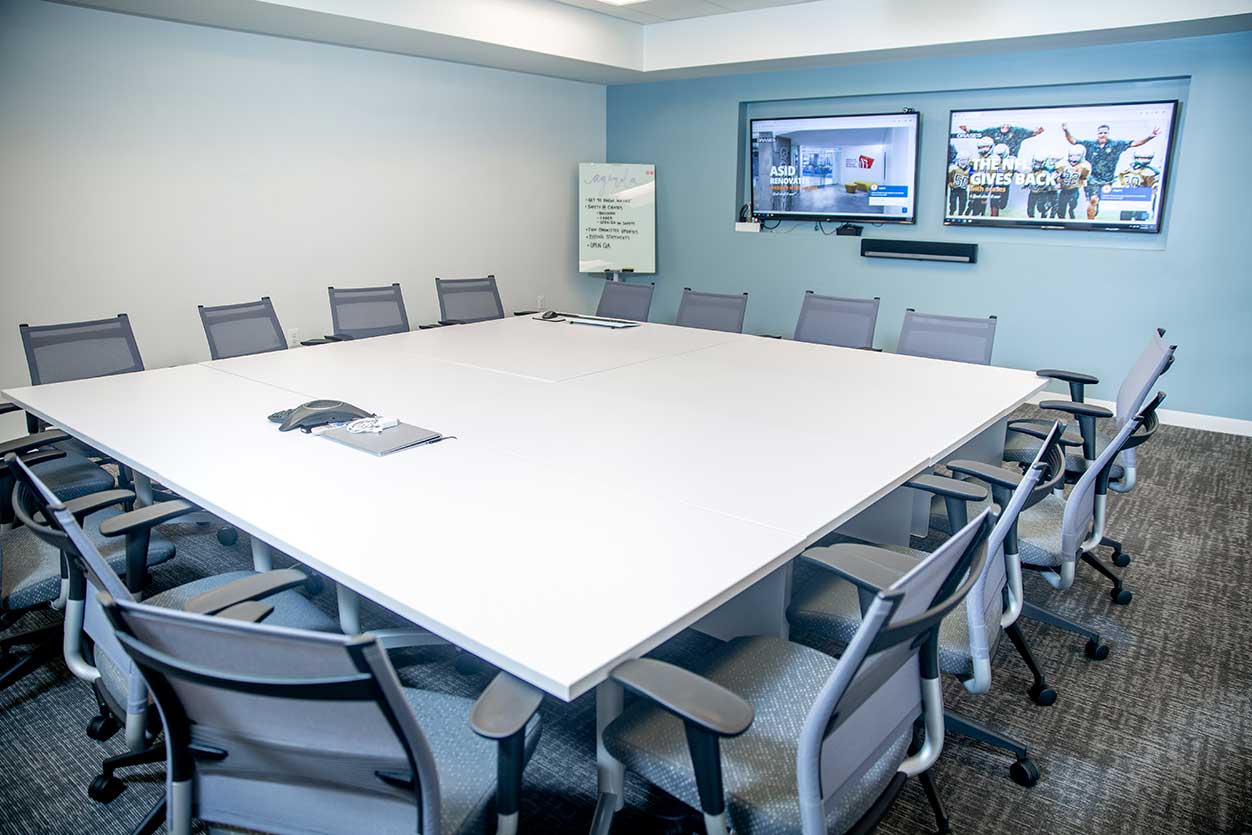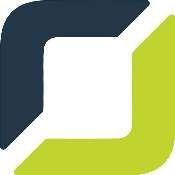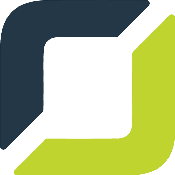About Us
Engagement Models
One size engagement model does not fit all
Orases has three types of engagement models depending on the project, resources and timeframes
Our team works with three major engagement models depending on the wants and needs of your project:
Fixed Price, Time & Material and Dedicated Team models.
Adjustable and
client-oriented engagement models
3 options to
pick from
Fixed Price Model
When using the fixed price model, the development process closely follows the time and cost estimates based on the scope of the project, allowing for a clear understanding of the project expectations.
Time & Material Model
The time & material engagement model allows for the projects to be built first, and then the cost is based on the time, labor and resources invested into the project after full completion and acceptance.
Dedicated Team Model
If your organization selects the dedicated team model, several developers at Orases will work exclusively on your project and the project cost will be based on hourly utilization rates as opposed to one large bill.
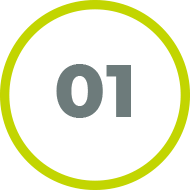
Fixed Price Model
You determine the budget and we begin working
The Orases team will build and develop the project according to the details provided by the client. The scope and budget of the project are defined and fixed during this model. Once they have been determined, the deadlines are set and the development starts.
How does it work?
Orases discusses the project in detail with the primary stakeholders, and we identify the team members who will be best for the project.
Our specialists will report directly to the client, as they will be in charge of managing and controlling the team’s efforts. However, Orases will oversee the project and intervene if the project is behind schedule.
When is it best used?
The details and specifications of the project will not be changed before release.
Project documentation is extensively planned and readily available to all parties.
There are strict deadlines or a limited budget that cannot change mid-development.
What are its benefits?
Software is developed exactly as planned, minimizing risks of delays or mid-sprint changes.
Pricing is transparent and the budget will not be increased as it is defined before development.
Specifications are clearly defined, eliminating any potential misunderstanding or disagreements.
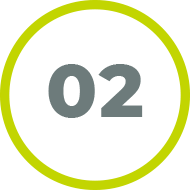
Time & Material Model
We get started and the track hours along the way
With the time & material engagement model, billing is calculated based on the actual man-hours worked and time invested into development, including the costs of materials and use of equipment. The flexibility of this type of model is ideal for clients whose time and resource needs change.
How does it work?
Once we receive an overview of the project, our team begins on the project without needing to know the exact time and material requirements. Billing is based on man-hours and equipment usage throughout the project.
When is it best used?
When a rough draft of the project has been laid out and specific time requirements have not been established.
The requirements and specifications of the project consistently change and evolve throughout the duration of the project.
Deadlines have not been clearly established
What are its benefits?
As opposed to a fixed time model, the time & material model leads to lower costs.
Increased workflow agility – project feature priorities are easily changed, including the addition of adding new features within the set budget amount.
Flexibility of schedule is increased – project deadlines can easily be moved and adjusted when needed.
Risk of not meeting expectations are reduced – the process of the project is completely clear and transparent and payments are made when certain features and functionality are met and developed.
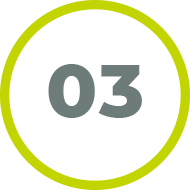
Dedicated Team Model
Dedicated team working with you from start to finish
Our team of specialists work hand in hand with your team, dedicated to working and finishing your project. The project is billed based on the individual hourly rates of our specialists tasked to work on your project.
How does it work?
The client provides us with a list of general project requirements, and we assigned individual specialists to work with your team who can complete the project most efficiently and effectively.
The client has complete management and control of the team, including our specialists who are assigned to the projects team. We are responsible for the overall quality of the project and services provided and will step in when necessary.
When is it best used?
When the project is well thought-out and the requirements of the project are well-defined
When the client already has a team of specialists who are able to properly manage the processes of software development
What are its benefits?
The client has full control over the projects budget and the progress of the project
No need to allocate time and resources towards vetting and hiring specialists for the project. Team of proven specialists at the clients’ disposal when working on and completing projects.
Effective Engagement Model Project Organization
Regardless of what type of engagement model is chosen, our dedicated specialists at Orases guarantee your project will be completed more effectively and efficiently than anyone else on the market.
Effective Communication
Effective communication between client and vendor will be facilitated through an experienced project manager. This project manager is responsible for the overall project planning process, coordinating work among project members and tracking the progress throughout the duration of the project.
Methods of communication include emails, instant messengers like Slack, phone calls and project meetings.
Knowledge Transfer
A business process known as Knowledge Transfer, ensures that all project information is properly and efficiently shared among project member including Scrum Masters and Technical Managers.
Project Planning & Reporting
At Orases, we believe in complete project transparency. We keep our clients in the loop by providing consistent progress reports and timelines of feature completion dates.
This transparency assists both Orases and our clients with the ability to provide continuous feedback and an open line of communication when certain features or functionality requires additional information or clarification.


